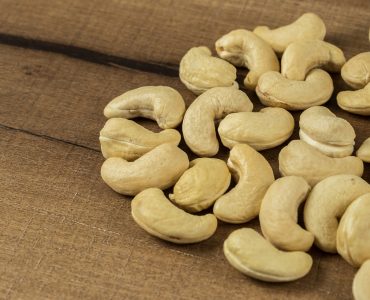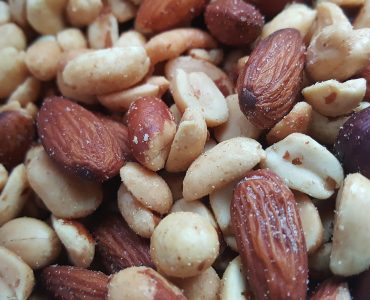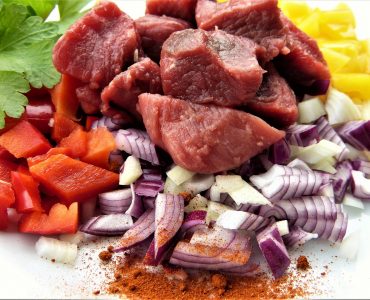What is it? Vitamin A is an essential human nutrient. It is fat soluble and actually refers to a family of similarly shaped molecules called the retinoids. It’s measured in mcg (micrograms) or iu (international units). 1mcg = 3.33iu. Vitamin A has many functions and is considered important for well over 100 different disorders which …










